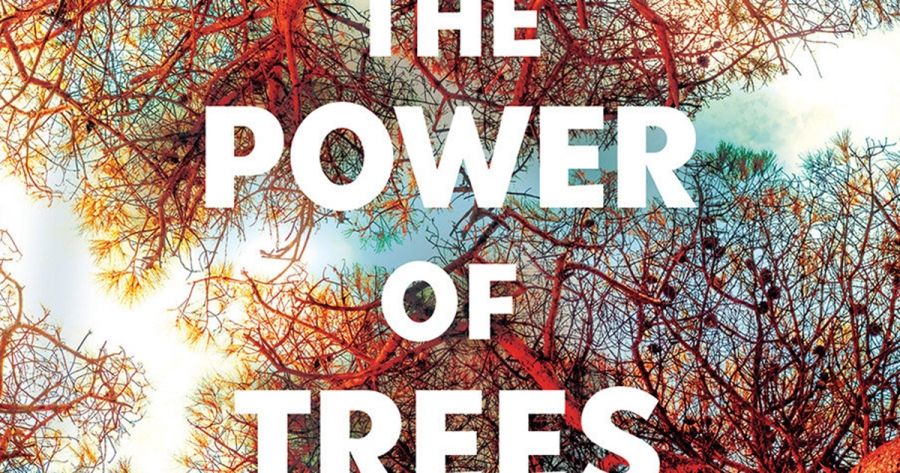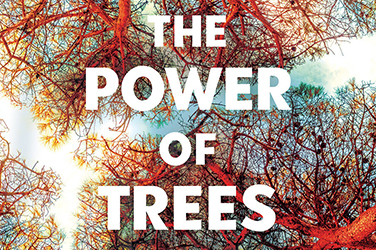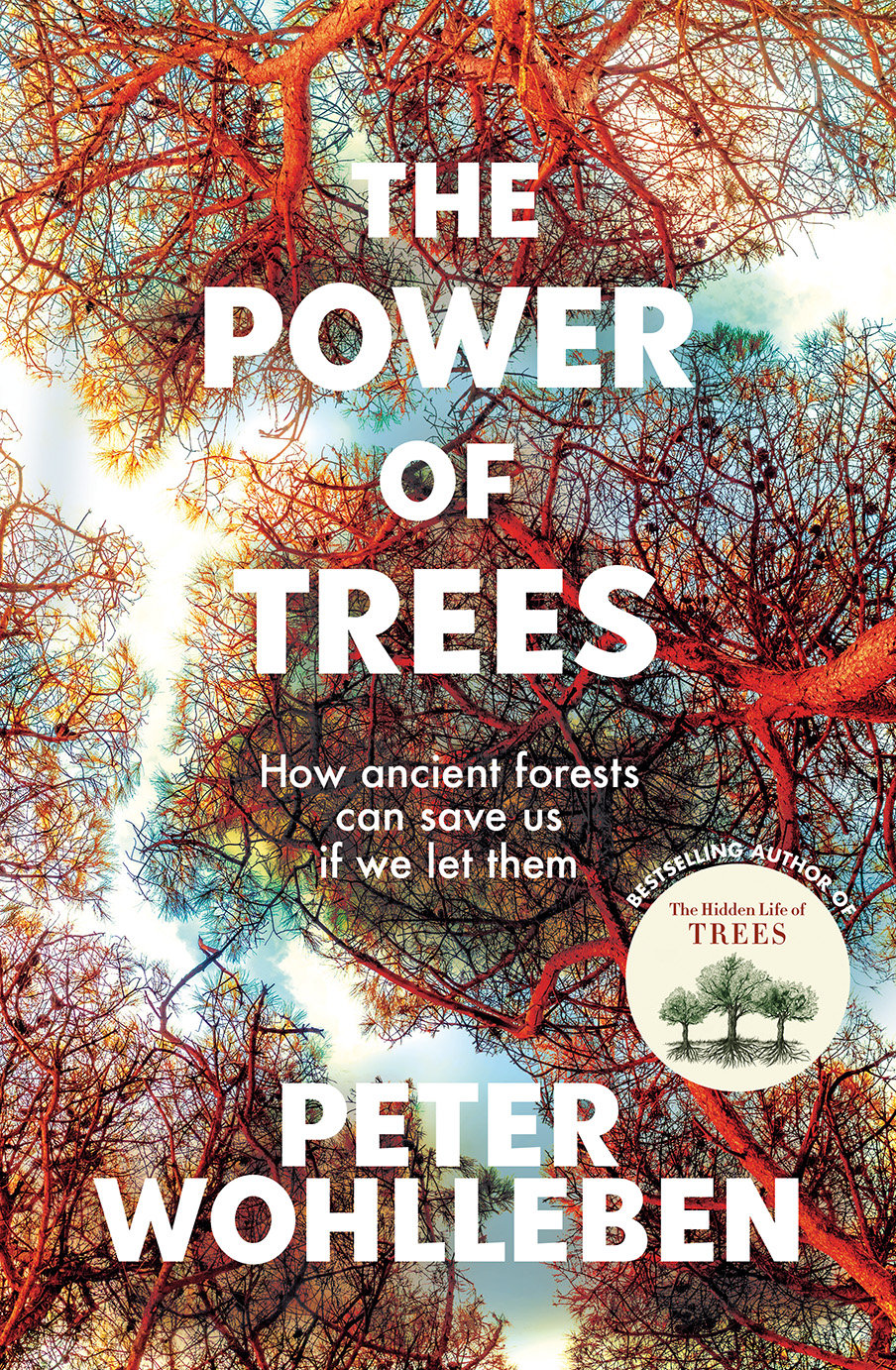
- Free Article: No
- Contents Category: Environment
- Review Article: Yes
- Article Title: Shady business
- Article Subtitle: The case for leaving forests alone
- Online Only: No
- Custom Highlight Text:
In Peter Wohlleben’s newest book, trees are characters, not commodities. In making his compelling case for a fresh approach to forestry, which values old-growth forests for their climate-cooling capacities, the acclaimed German forester treats trees as individuals with feelings, abilities, memories, and families. We are sometimes left to wonder what it means to say a tree feels emotions such as worry, surprise, and consideration for others, but this unapologetic anthropomorphism nevertheless invites empathy on the part of readers. It is easy to feel an affectionate second-hand embarrassment for the chestnut tree which ‘panicked’ in response to sudden rain by unfurling its blossoms too soon, or indignant on behalf of multi-centenarian beeches threatened by encroaching excavators. Seeing trees as sensate characters also provides a contrast with the unfeeling utilitarianism attributed to mainstream foresters; their industry comes off badly bruised.
- Featured Image (400px * 250px):

- Alt Tag (Featured Image): Ruby Ekkel reviews 'The Power of Trees: How ancient forests can save us if we let them' by Peter Wohlleben, translated by Jane Billinghurst
- Book 1 Title: The Power of Trees
- Book 1 Subtitle: How ancient forests can save us if we let them
- Book 1 Biblio: Black Inc., $34.99 pb, 288 pp
- Book 1 Cover Small (400 x 600):

- Book 1 Cover (800 x 1200):

Crucially, when it comes to climate cooling, not all forests were created equal. Monocultures of conifers are favoured by commercial foresters for their regular shapes and reliable profit, but these are far less effective than commercial, mixed-species forests at cooling the atmosphere. This is where valuing trees as individuals comes in handy: trees which have been allowed to grow old naturally, ideally under the helpful guidance and shade of older relatives, become better adapted to storing water and sequestering carbon. Old trees battle-worn by drought learn to withstand future droughts, but only if allowed to. When old-growth deciduous forests are cleared and burnt to make way for agriculture or plantations, vast amounts of carbon dioxide are released from both the wood and the warming soil. Hundreds of years’ worth of learning to survive in difficult climactic conditions are lost, too. Trees can help us save ourselves, Wohlleben argues, but only if we let them. The urge to renovate nature, both by commercial interests and those invested in saving it, might be too strong.
Nature is treated as its own agent with desires and attributes, and this raises important questions. ‘This is not what nature looks like,’ we are told, about a fenced-off herd of European bison. Intuitively, it is hard to disagree. But as the final chapter acknowledges, a word like ‘nature’ is difficult to define, and risks manipulation by various interest groups. This explains why a term like ‘nature preserve’ might encompass any number of exploitative human interventions while a semblance of greenery remains. In passing, Wohlleben suggests ‘wilderness’ as a better alternative to ‘nature’. He associates it with feelings of adventure and freedom, but also, intriguingly, with a lack of human presence and intervention. Whose adventure, then?
In Australia, on the eve of the fortieth anniversary of the campaign to save the Franklin River and its surrounding ‘wilderness’, these definitional problems have special resonance. The idea of preserving primeval nature sounds great, but has come under historical scrutiny. Indigenous commentators have critiqued the imposition of Western concepts of an untouched nature, existing ‘out there’. These ideas seem to erase the realities of Indigenous land management over millennia. Are humans separate from nature? Is a ‘clean slate’ of wilderness even possible? For the purposes of this book at least, Wohlleben is not interested in the answers.
He is concerned instead with encouraging a radical rethink of our forests, and in this he is successful. The proposed solutions are energising and practicable. They range from the personal, like reducing our consumption of meat to lessen demand for deforestation, to the political, like a payment scheme for forest owners who refrain from logging. The flippant suggestion that we solve a possible toilet paper shortage by replacing toilets altogether does, however, have something of the air of ‘Let them use bidets.’
In Jane Billinghurst’s able translation, the prose is lucid and engaging. Patient explanations of ecological concepts and politico-scientific controversies make this a manageable read for the arboreal layperson. The tone stays upbeat, with dire predictions of forest collapse and species extinction tempered by optimism about solutions and the author’s sheer enthusiasm for trees. Only when outlining the machinations of a group of foresters and scientists who presented the logging and burning of forests as the most climate-friendly option does one detect real anger. It feels justified.
Wohlleben is wary of seeming overly romantic. ‘Does that sound completely off the wall?’ he asks. The argument for letting forests save the world might indeed carry a ‘whiff of flower power’, and a title like The Power of Trees does little to counter that impression. But what seems more seriously unrealistic are stubborn forestry practices which repeat failed methods and destroy priceless forests in the face of looming climate collapse. This book is distinctive because it serves both as a call to action and a call to inaction. It pushes back against performative or reactionary nature ‘fixes’ and encourages us to trust instead that nature is able to fix itself. A well-known proverb advises that society grows great when old men plant trees in whose shade they may never sit. Peter Wohlleben suggests an addendum: it might be better for old men, and everyone else, to just leave trees to their own devices.


Comments powered by CComment